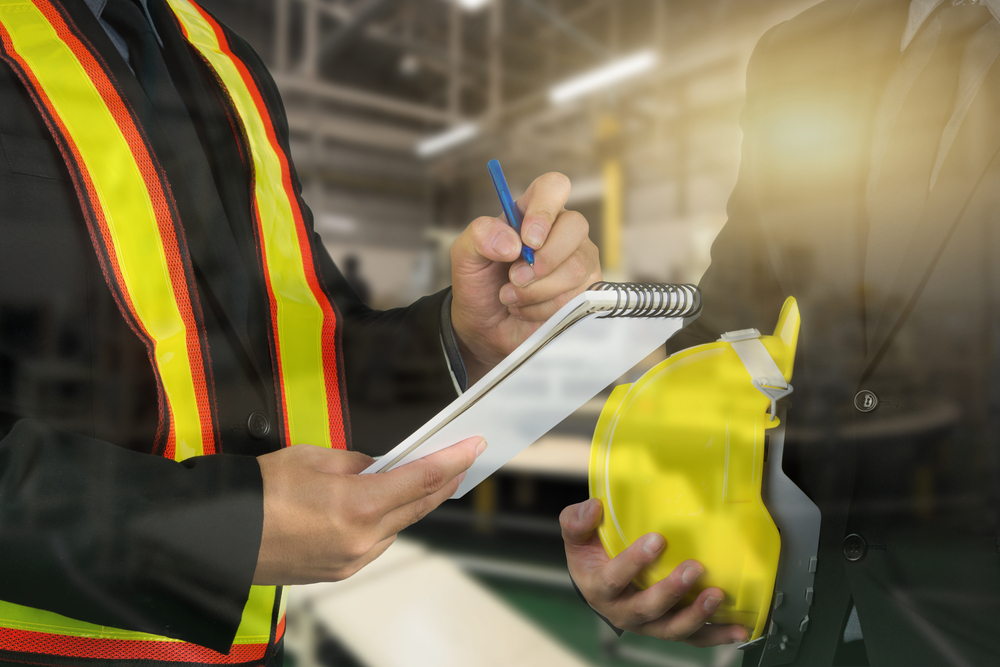Safety inspections are essential procedures organizations, and businesses conduct to ensure the safety and well-being of their employees, customers, and the public. These inspections help identify potential hazards and risks that could cause harm and damage and provide a roadmap for implementing safety measures to prevent accidents and injuries. This article will explore the importance of safety inspections, the different types of inspections, and the best practices for conducting them.
Importance of Safety Inspections
Safety inspections play a crucial role in maintaining a safe working environment. Businesses and organizations can take proactive steps to prevent accidents and injuries by identifying potential hazards. A safety inspection can help to:
Protect Employees and Customers: Safety inspections can help identify potential risks and hazards that could cause harm to employees or customers. By mitigating these risks, businesses can ensure the safety and well-being of their workforce and customers.
Prevent Financial Losses: Accidents and injuries can result in significant financial losses for businesses, including medical expenses, lost productivity, and potential lawsuits. By identifying and mitigating potential hazards, businesses can reduce their risk of financial losses due to accidents and injuries.
Comply with Regulations: Many industries have specific safety regulations that businesses must comply with. Safety inspections can help businesses identify areas where they are not meeting these regulations and take corrective actions to comply.
Types of Safety Inspections
There are several types of safety inspections that businesses and organizations can conduct. The most common types of inspections include:
General Safety Inspections: These inspections evaluate the overall safety of a workplace, including the condition of equipment, working conditions, and adherence to safety protocols.
Fire Safety Inspections: These inspections focus on identifying potential fire hazards and ensuring that proper fire safety equipment is in place and functioning correctly.
Electrical Safety Inspections: These inspections evaluate the electrical systems in a workplace to ensure they function safely and comply with electrical codes.
Hazardous Materials Inspections: These inspections focus on identifying potential hazards associated with the handling and storing of hazardous materials.
Process Safety Inspections: These inspections focus on the safety of high-pressure systems, chemical reactions, or other hazardous processes.
Best Practices for Conducting Safety Inspections
To ensure that safety inspections are effective and efficient, businesses and organizations should follow best practices. Some best practices include:
Establish a Plan: Develop a plan for conducting safety inspections, including what types of inspections will be conducted, how frequently they will be conducted, and who will be responsible for conducting them.
Involve Employees: Involve employees in safety inspections, including identifying potential hazards and providing suggestions for improvement. It can help create a safety culture and encourage employee engagement in safety initiatives.
Use a Checklist: Use a safety inspection checklist to ensure that all areas are inspected, and nothing is overlooked.
Document Findings: Document the findings of safety inspections, including potential hazards, corrective actions taken, and follow-up activities.
Follow-Up on Corrective Actions: Follow up on corrective actions to ensure they have been implemented and effectively mitigate potential hazards.
Provide Training: Provide training for employees on safety procedures, including how to identify potential hazards and respond in an emergency.
Conclusion
Safety inspections are critical for maintaining a safe working environment and ensuring the well-being of employees and customers. Businesses and organizations can identify potential hazards and proactively prevent accidents and injuries by conducting safety inspections. It's important to follow best practices when conducting safety inspections, including developing a plan, involving employees, using a checklist, documenting findings, following up on corrective actions, and providing training. Businesses can create a safety culture and prevent accidents and injuries by prioritizing safety and conducting regular inspections. If you have any questions, don't hesitate to reach out and contact us! We are always apprised of the latest technology and standards, so our clients are armed with only the best information available.


